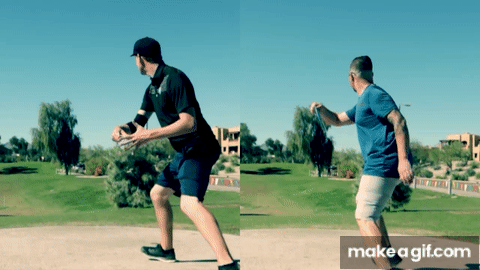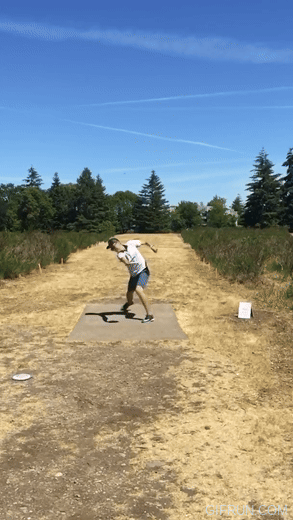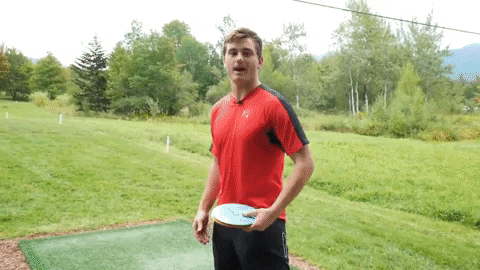Will try not to distract you from the coaching points above (please heed them!), but if we're agreeing to just nerd out:
1. I look at James Proctor sometimes for one of the more extreme briefcase forms - note he goes wing up supinating into the backswing and then immediately reverses the action moving forward.
That pattern can be more complex to learn than relaxed/wing down in backswing, and in some ways is fighting gravity a bit and may also be fighting your own natural patterns. On the other hand, one thing to know about the door frame/load the bow and backswing concepts is that it's as much about how you coil and build up torque that releases when you plant as it is the action of the arm and not collapsing at the shoulder. Sidewinder just had me try another tweak just this week that probably wouldn't have worked if I hadn't already spent so much time with the door frame drills. It's more like the Proctor pattern but less aggressively so - a little more natural for me to move like PP or Gibson through the arm. One reason I'm pointing you back to DFD and load the bow there is that I could immediately tell your body isn't getting the full action coiling back, so you need to fix that for the rest to matter or be easier to work on.
2. I get what you're saying about load the bow and reaching back early/leaning away. I think fishing around in Hershyzer and Door frame drills were the most productive for me. I also am careful not to do too many net sessions before throwing at targets outside (even if I only have time to do it during rounds these days and let my front 9 suffer for it lol).
3. Eagle's still in my top 5 forms to watch even though I can't do anything remotely like that lmao. I have a hobby obsession with watching pro form development and watched a lot of younger-to-modern Eagle over the past year. Some of his X- looks exaggerated relative to the camera angle/stride pattern, but I do think it got longer over time. I think (guess) it's a combo of
(1)
tons of his own form attention to detail that started out more meticulous then got more relaxed and more natural over time. You can really see this when he was around 15-17 years old when his move looked more like he was engineering all of the angles in a lab before it smoothed out a lot by 20 years old;
(2) posture & stride adjustments to the shot/intended apex;
(3) developing increasingly horizontal momentum and leverage off the drive leg and better and better leverage from the plant over the years;
(4) still has a lot of hidden vertical force in his move that works well with gravity when he plants which only incredibly long and flexible people can pull off. He has some of the best hip and thoracic mobility we've ever seen. When he throws power hyzerflips down the fairway even on a low trajectory his plant hip clears almost vertically back toward the sky, which you don't see often.
Responsible coaching tip: work on what was said above & please don't go destroying your front hip trying to do this today











